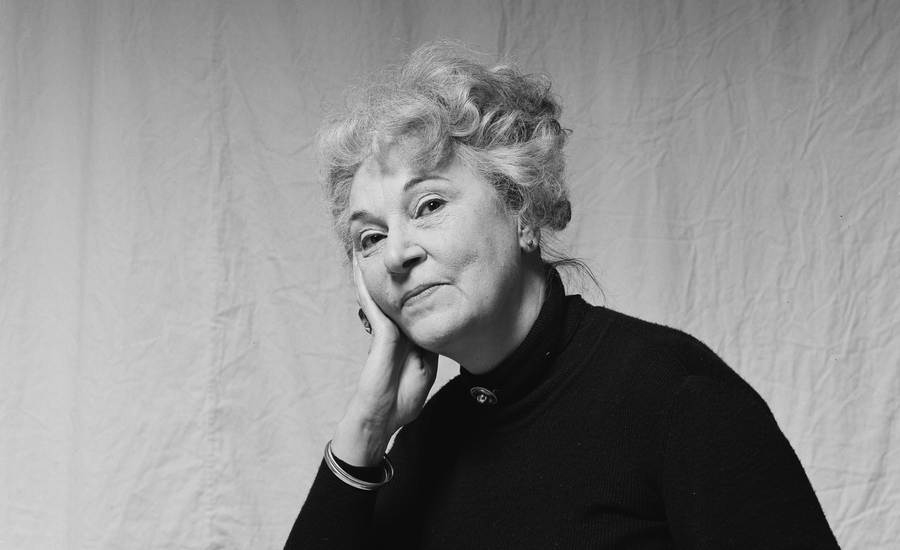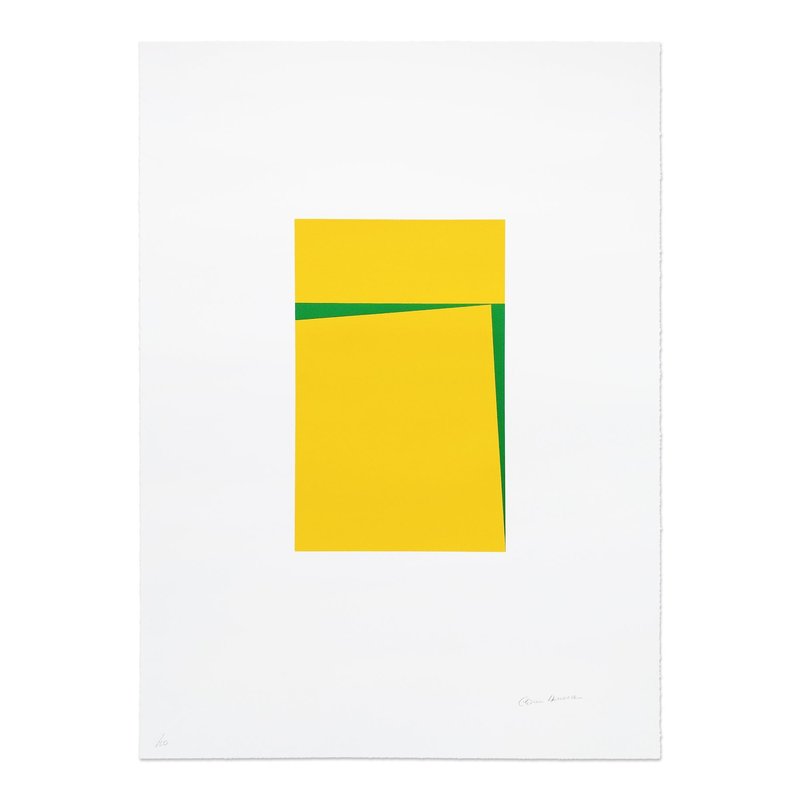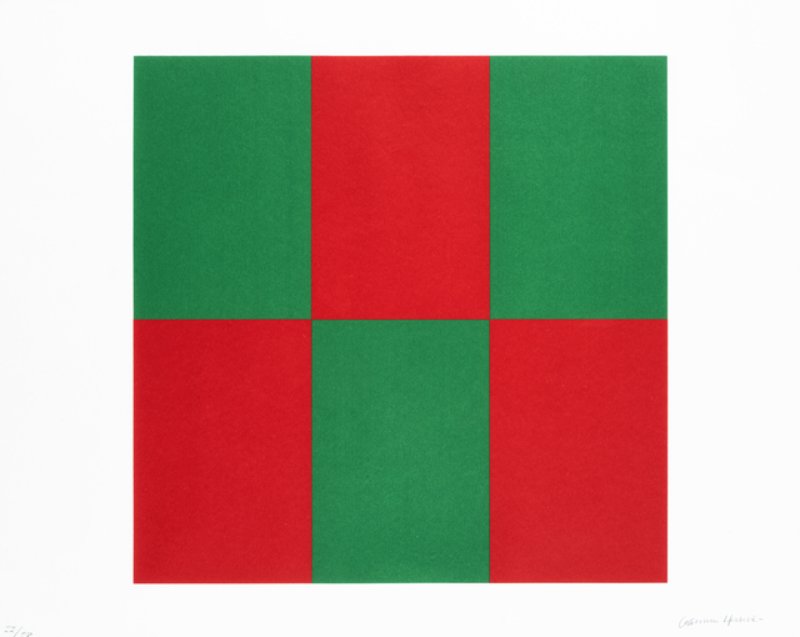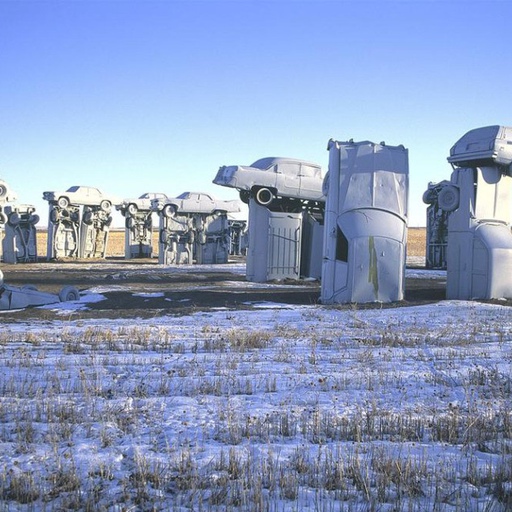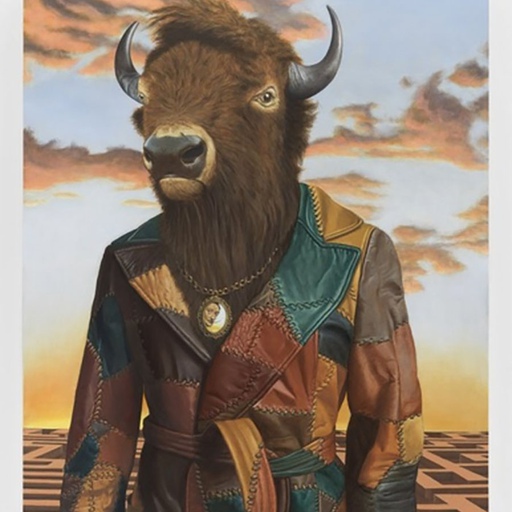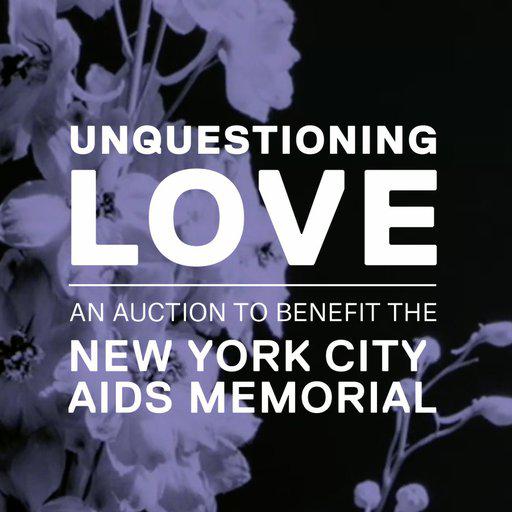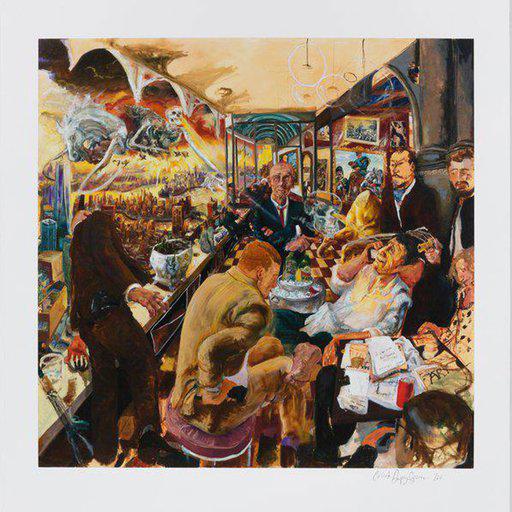If it's true that one of the defining characteristics of the truly great undiscovered artist is an unshakeable self-belief and rock solid fortitude then there can be no more greater exemplar than the Cuban artist Carmen Herrera who died at the remarkable age of 106 on Saturday (February 12).
Born in pre-revolution Cuba in 1915, Herrera left after the Second World War and spent time in Paris and New York during a period when her friends Leon Polk Smith and Wilfredo Lam were forging their own reputations. However, Herrera failed to achieve a similar level of success for herself, owing perhaps in part to her marginalised status as a Hispanic woman producing minimalist work.
She showed her work in post-war Paris at the Salon des Réalites Nouvelles and in the East Village in New York. Her husband, Jesse Lowenthal, an English teacher at Stuyvesant High School in Manhattan supported her until his death in 2000. Just four years later, a review of a group show in the New York Times alerted the wider world to her work and collectors belatedly began to take notice.
Ella Fontanals-Cisneros, a Cuban-born Miami-based collector, bought five of her paintings, as did Estrellita Brodsky. Philanthropist and president emerita of the Museum of Modern Art in New York, Agnes Gund also began buying her work, eventually donating one of Herrera’s paintings to MoMA.
By 2009, her paintings were selling for $50,000 each, and by 2014 around $160,000 by 2014. Herrera was hailed as the discovery of the decade in one London Observer profile.
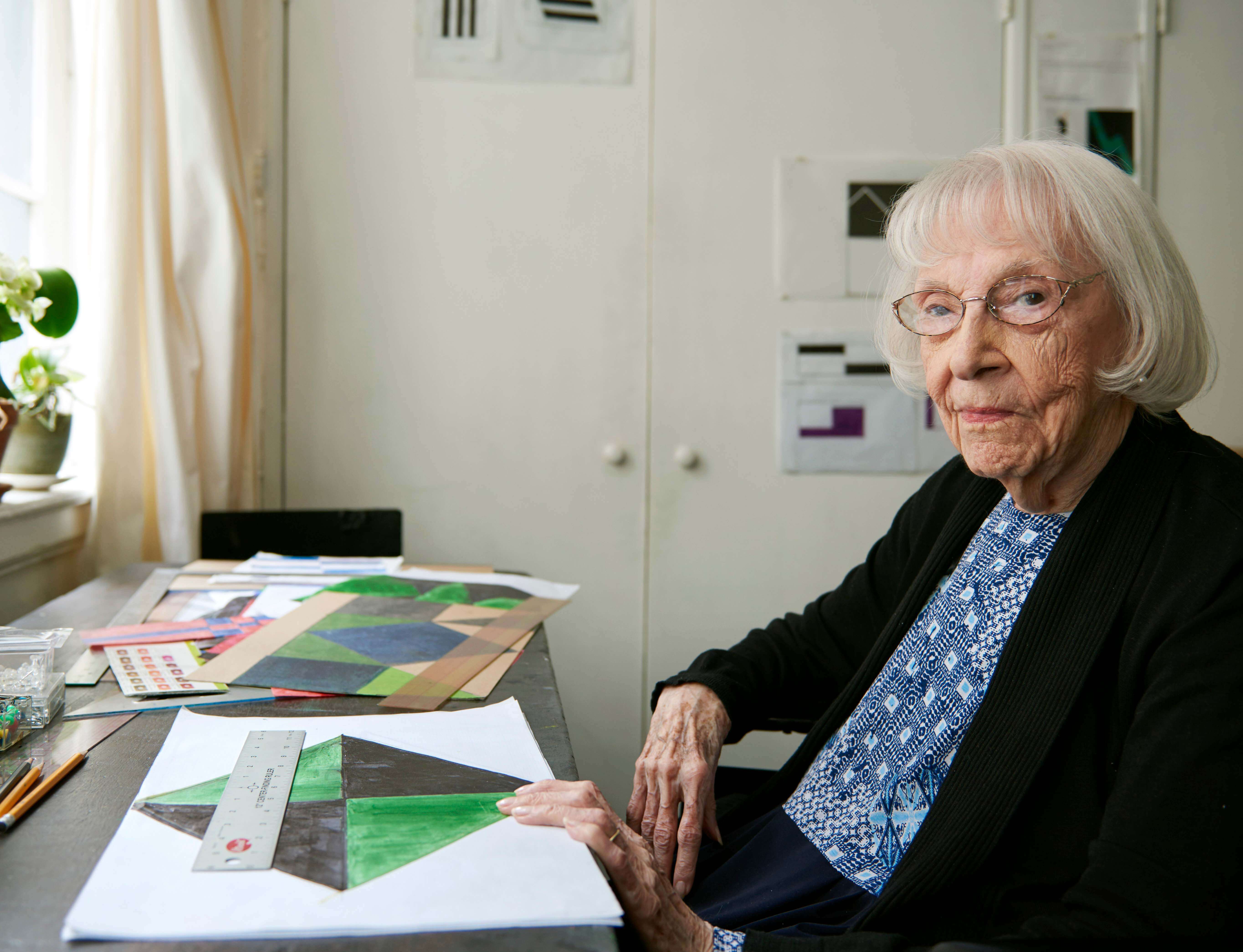
Carmen Herrera photo courtesy Lisson Gallery © Carmen Herrera
“I never in my life had any idea of money, and I thought fame was a very vulgar thing. So I just worked and waited. And at the end of my life, I’m getting a lot of recognition, to my amazement and my pleasure, actually,” she said in 2009. “I do it because I have to do it. It’s a compulsion that also gives me pleasure.”
Most of the proceeds from her new found art fame went on live in care, which allowed her to keep living and working in the Manhattan studio-loft she had occupied for almost 60 years, and where she died on Saturday.
Phaidon.com interviewed Herrera in 2012 as part of a series of interviews for Vitamin P2 - a survey of modern painters in which Herrera was included. She is also featured in Phaidon's Great Women Artists , which spawned a set of Artspace editions . The work illustrating the republished interview below, is borne from her signature geometric abstractions which she developed over a period of thirty years between 1948 to 1978. More can be seen on Carmen Herrera's Artspace artist page .
Who are you? I am Carmen Herrera. I was born in Cuba during the great war, the first World War 97 years ago in 1915. I have lived most of my life in New York. I wanted to be an architect but in Havana in those days the university was always closed due to some revolution or another. I became a painter and in 1939 moved to New York. During the forties and fifties I met many artists that would later become rather well known. I was friends with Barnett Newman, Polk Smith, Wilfredo Lam, Amelia Pelaez and many others.
From 1948 to about 1953 I lived in Paris at number 5 Rue Campagne Premiere in the 14th. What years those were - Paris was full of bicycles and artists from all over the world. I exhibited in the Salon des Réalités Nouvelle with artists like Ben Nicholson and Soto and Pierre Soulages and Ellsworth Kelly and Jack Youngerman and Vasarely. Those years shaped the vision of my life's work. In short, who am I? I am a painter.
What’s on your mind right now? London is very much on my mind right now. The exhibition at the Lisson Gallery was my first major gallery exhibit in Europe. I think of my sister Teresa Durland. She worked at the Cuban embassy in London in 1939. When war broke out everyone left but not Teresa. She stayed on and became an air warden. She spent the rest of her life in London and is buried there. A Cuban air warden during the blitz, that is one irony for the record book.
How do you get this stuff out? You never get it out. It is always churning. It is a constant, continuous process. You finally say something, and then it just leads to more questions.
How does it fit together? A sense of perspective holds it together. I mean, you step back a bit and you will discern the sense to it all. You identify a lexicon of forms and ideas. Your visual language is revealed during the process of making art and as you apply principles that guide you.
What brought you to this point? Many years and many paintings. Each painting is the result of choices made. Each work is a series of paths not taken and paths taken.
Can you control it? It controls you, really. One engages in a long process and a dialogue where one attempts to define. Then there is also time and place and other circumstances that enter into the equation. It is not necessarily about simple control.
What’s next? What a question to ask a 97 year old! However, since you asked, I will respond. I want to make larger works, but then there is the problem of getting them in and out of this studio - the lift is tiny, the staircase crooked, and I never go out. So again, I have choices to make - how to make them larger, or seem larger, or maybe make the world smaller?
Take a look at the Carmen Herrera artist page and editions in the Artspace archive.











